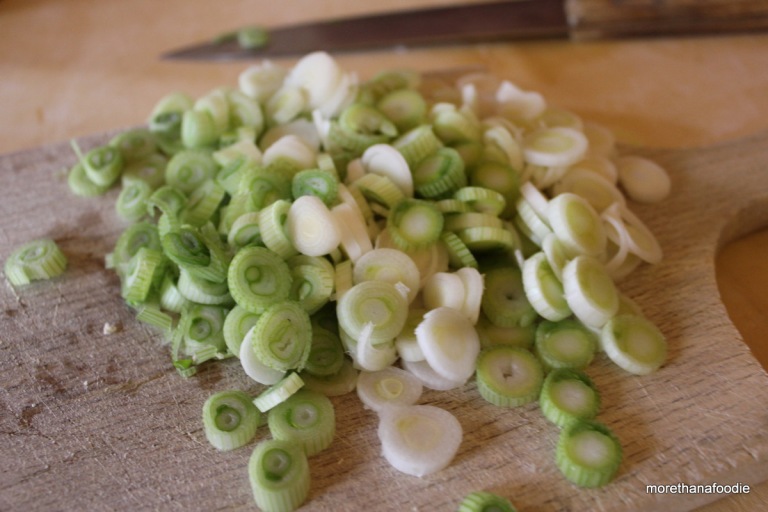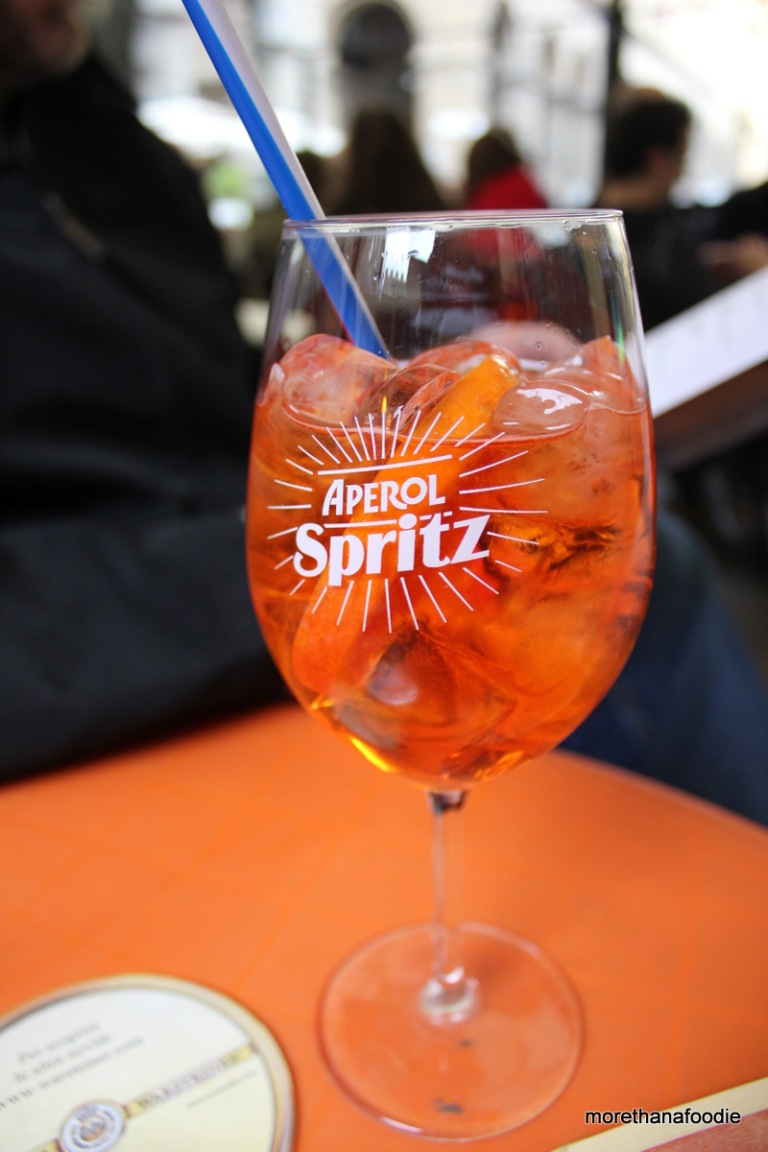Market in Florence. Tuscan Country Villa. An experience to remember.
When Chad and I were in Florence this spring we took a cooking class. The experience included the chef meeting us at a market in Florence, picking out fresh ingredients, and driving us back to her villa in the country to cook for the day.
We arranged this adventure before we left the US online through International Kitchen. We also read several reviews on Trip Advisor before we made our decision.
We had instructions to meet Chef Barbara at the Sant’ Ambrogio market early on a Tuesday morning. The market consists of both an outdoor and indoor section. It was easy to navigate our way from our hotel through the picturesque streets of Florence. Barbara found us within minutes of our arrival. She welcomed us to Florence and gave us a quick overview of the food-filled day ahead of us. We discussed our menu and what stops we needed to make before we would drive to her country home outside of Florence. Wasting no time, she quickly scurried us off to her favorite vendors to pick out their best selections of the day.
The outdoor portion of the market was beautiful, buzzing with chefs and locals picking out the best produce for their restaurants and families. The selection was vast, the colors were beautiful, and the smells were amazing. The artichokes were in season. After spotting them I was a little sad we were not using artichokes for our meal.
Strawberries and zucchini blossoms were also in season.
Inside the market we stopped for cheese. Pecorino Romano to be exact. Pecorino Romano is a saltier, firmer, sheep’s milk cheese that is excellent for grating. It doesn’t become stringy like Parmigiano Reggiano when melted. Pecorino Romano becomes sharper as it ages. There were several different varieties from which to choose. We purchased two Tuscan Pecorinos. One was more subtle for grating and the other was older and sharper for the bruschetta.
While purchasing the cheese, I noticed all of the freshly-made pasta you could purchase. Ravioli, tortelli, gnocchi, and gnudi were just a few I spotted. Gnudi is the pasta filling without the pasta. Coming to a restaurant near you soon, I am sure.
I was also so excited to see the green balls of pressed spinach in the bottom left hand corner of this picture. If you do not appreciate it as much as I do, you probably don’t work with spinach very much. It is such a process to drain spinach when making ravioli or a spinach gratin. Genius I say! Do you think it would be too much to ask the grocery stores to do this for me in Des Moines? Probably.
Dried goods including ceci (chick, garbanzo) beans, quinoa, and even ceci flour were available to purchase by the kilo. Just ensure you don’t leave it in your host’s car. I was so proud when I purchased two kilos of carnaroli rice (not arborio) for risotto. I am confident it was found and served its purpose, just not in Iowa.
The macelleria was the butcher where we purchased the veal for the main course, Veal with Spring Onions. We thoroughly enjoyed the market. The outside market seems more spontaneous, like a typical farmer’s market. The inside marketplace was more permanent, like a great neighborhood grocery store.
We arrived at Barbara’s home in the Tuscan Countryside just south of Florence. The house was very rustic, made of mostly stone and brick. Olive trees and evergreens lined the property. This was the first time I had seen an olive tree in person. It’s the green one on the right above.
Here was the view from the table we would enjoy later as we ate the lunch we prepared.
View of the backyard from the kitchen window.
Barbara said students always ask her what brand of olive oil she uses. Her response? The olive oil from the guy down the street who picks the olives on her property and makes her extra-extra virgin olive oil. Barbara advised that it is very common in Italy to use local or regional items as much as possible. If you are in Emilia–Romagna you drink local wines like Lambrusco and use a lot of pork fat. If you are in Tuscany you drink Chianti and use lots of olive oil. The Puglia region of Italy is actually very famous for their olive oil. The wine we enjoyed with our lunch was made by a friend of Barbara’s. Apparently labels are only for the Americans and the Germans. The Italians use what they have used for generations. The guy down the street.
Barbara’s Kitchen.
Making a flour well with olive oil and salt to start the fresh pasta.
Kneading the pasta to perfection.
Barbara showing us how to make orecchiette (little ears) with a butter knife and the roll of your finger.
Chad cutting more pasta to make the orecchiette.
The finished product with a fresh tomato sauce. Orecchiette Con Pomodoro Fresco.
The veal cutlets from the market this morning.
Freshly cut spring (green) onions.
Breadcrumbs, pine nuts, mint, and grated Pecorino Romano stuffed and rolled in the veal cutlets.
Saute in a pan with olive oil and spring onions.
This dish was AMAZING! It has many levels of flavor with the spring onions adding so much flavor along with the Pecorino and the pine nuts. It was one of our favorites.
Since our trip, I have made this dish at home using beef. I cannot say that I don’t eat veal, but it is my preference to use beef instead of purchasing veal. It was still as amazing as it was in Italy.
Fava Beans. Yes, and there was Chianti but no liver or Jodi Foster. I had never used favas. To be honest their appearance reminded me of lima beans, which I do not like. Lima beans are one of the few foods that I do not care for along with Spam. Most likely they are a food aversion that I just cannot get over. Fava beans come in very large pods. You need to shell the bean out of the pod, blanche and then finally extract the final bean.
The fava beans had the outer shells removed. They were mixed with the older and sharper Pecorino Romano, olive oil, and mint and served on lightly toasted Tuscan bread. I found it interesting that Tuscan bread is made with no salt, thus making the salty cheese a must in this dish. It is common to eat salty cheese or salty cured meats with this bread to accompany other items.
Our finished antipasti, Bruschetta with Fava Beans and Pecorino. Delicious!
Preparing the Raspberry Panna Cotta for dessert.
To be honest, I had always overlooked Panna Cotta on menus. It never really interested me. After this day, it now has my full attention. I loved it. Creamy, vanilla-wonderfulness with raspberries. It deserves a post of its own… and the recipe too!
Chad sitting at the table for lunch. Notice no label on the wine. A nice Chianti.
Awaiting our ride back to Florence after our meal. Barbara and her cute little boy Frederico on their beautiful property.
We made it back in time to enjoy an Aperol Spritz (ok maybe a few) and the sunset on the Duomo.
Ah, Firenze. We love you so.


































Florence is my Love… And Italy too 🙂
Another wonderful European getaway for me by reading your beautiful blog and seeing the amazing photos. Thank you!